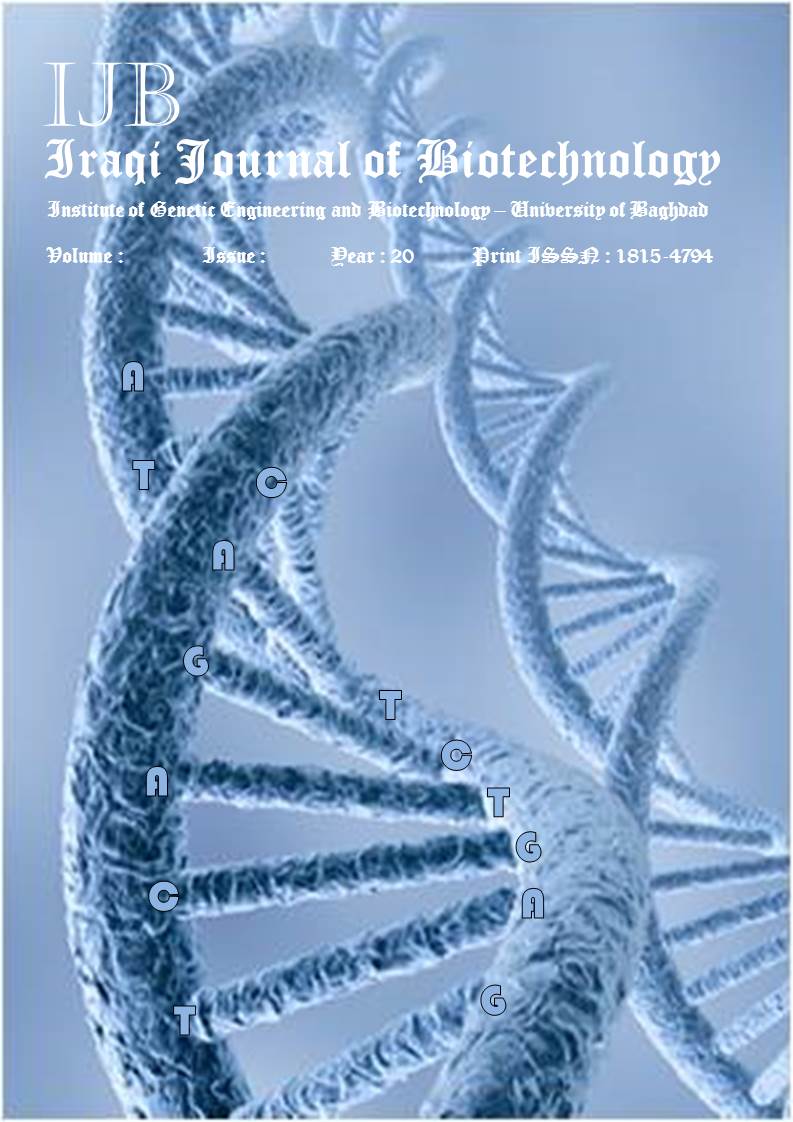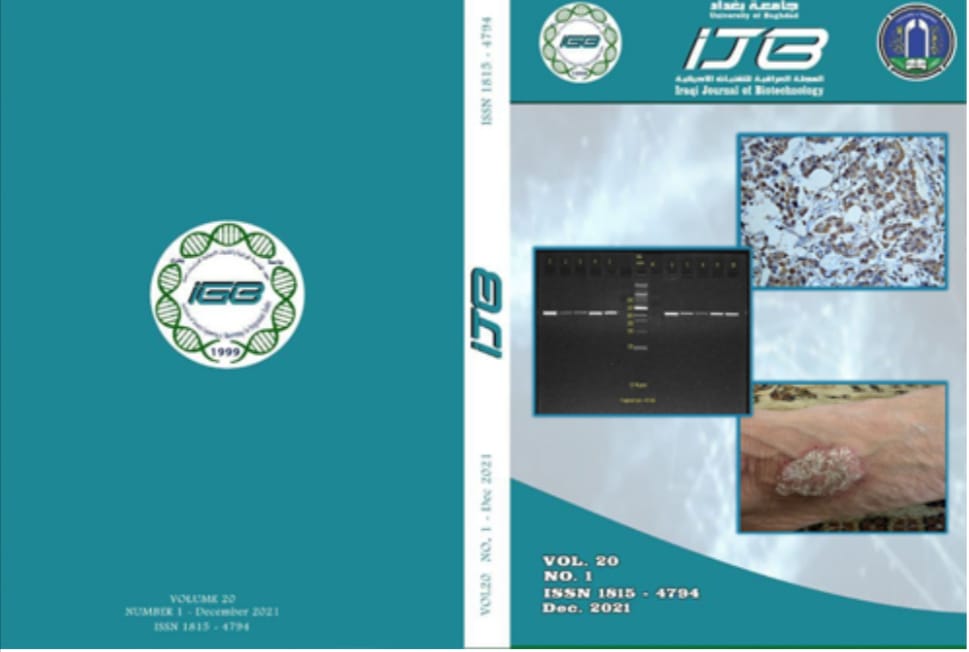The Association of Maternopaternal Age and Cytomolecular Abnormalities in Iraqi Down Syndrome Children
Abstract
Down syndrome is the most commonly seen genetic disease in genetic outpatient units. And a common cause of mental and physical handicap. The study aimed to ascertain the relation of parental ages (maternal and paternal), and the occurrence of Down syndrome. It also aimed to detect the chromosome 21 abnormalities and their paternity origin, depending on polymorphisms using karyotyping as well as to implement the FISH technique in confirming abnormal karyotyping. Fifty six families (56 Ds child, 56 mothers, 56 fathers), were included. Patients were recruited at the genetic unit of the Teaching Laboratories in Medical City who were referred to the unit for genetic consultation. Tow laboratory techniques including Karyotyping and Fluorescent in situ hybridization were used in establishing diagnoses and polymorphisms. The results of these methods were then compared and analyzed statistically. Eighty four percent of cases were of maternal origin and 14 percent were of paternal origin. Fifty two cases of the samples were single in each family. They resulted from additional non disjunctional chromosome. Three cases resulted from translocation. One case revealed an isochromosome. There was no effect of consanguinity on the results of the study. Increasing maternal age led to the increase frequency of Down syndrome, but not the paternal age. Karyotyping had more ability to recognize the source of disease either from mothers or fathers than fluorescent in situ hybridization while the latter had higher ability to diagnose Down syndrome than karyotyping. There is recurrence risk in the families resulting from fixed translocation in mothers.


